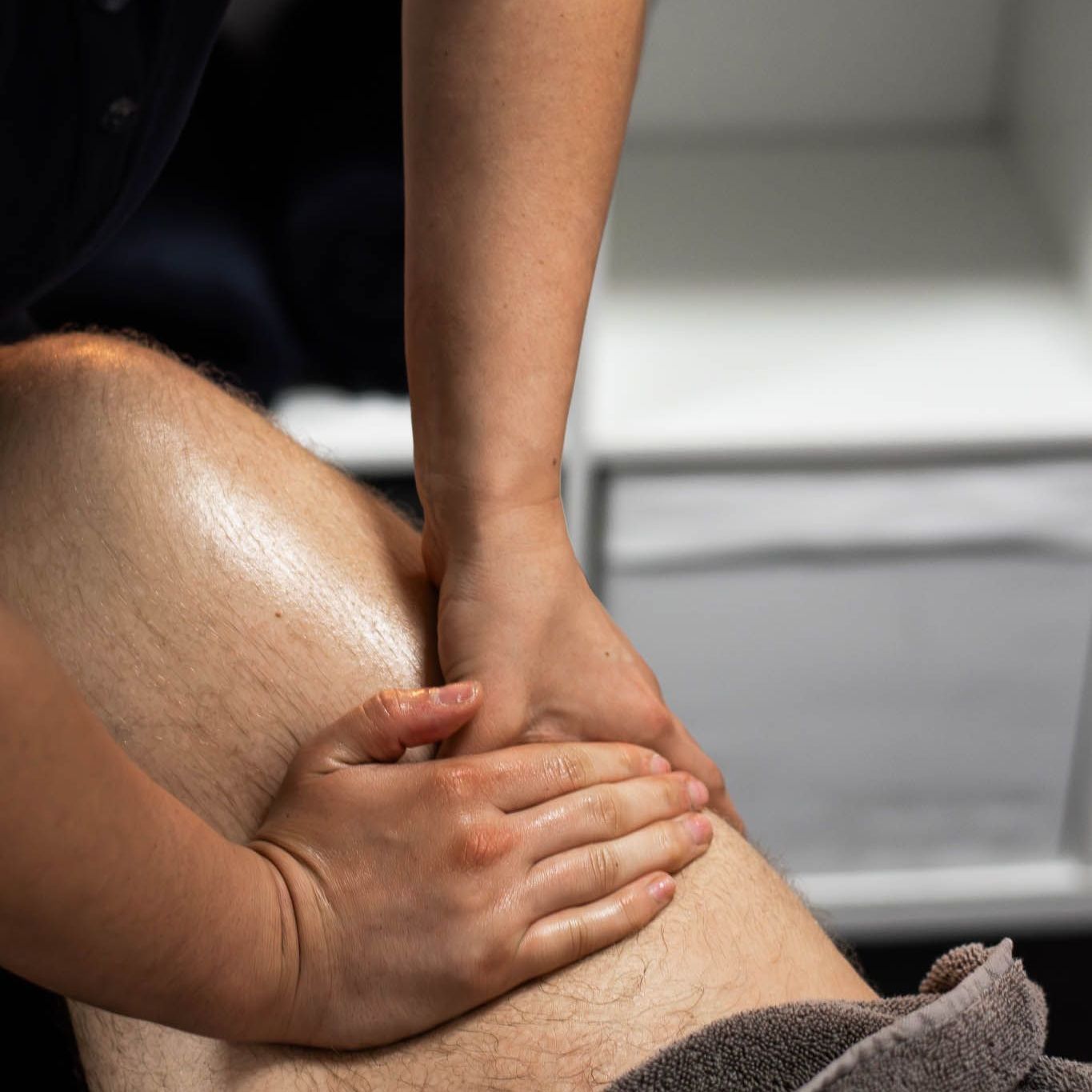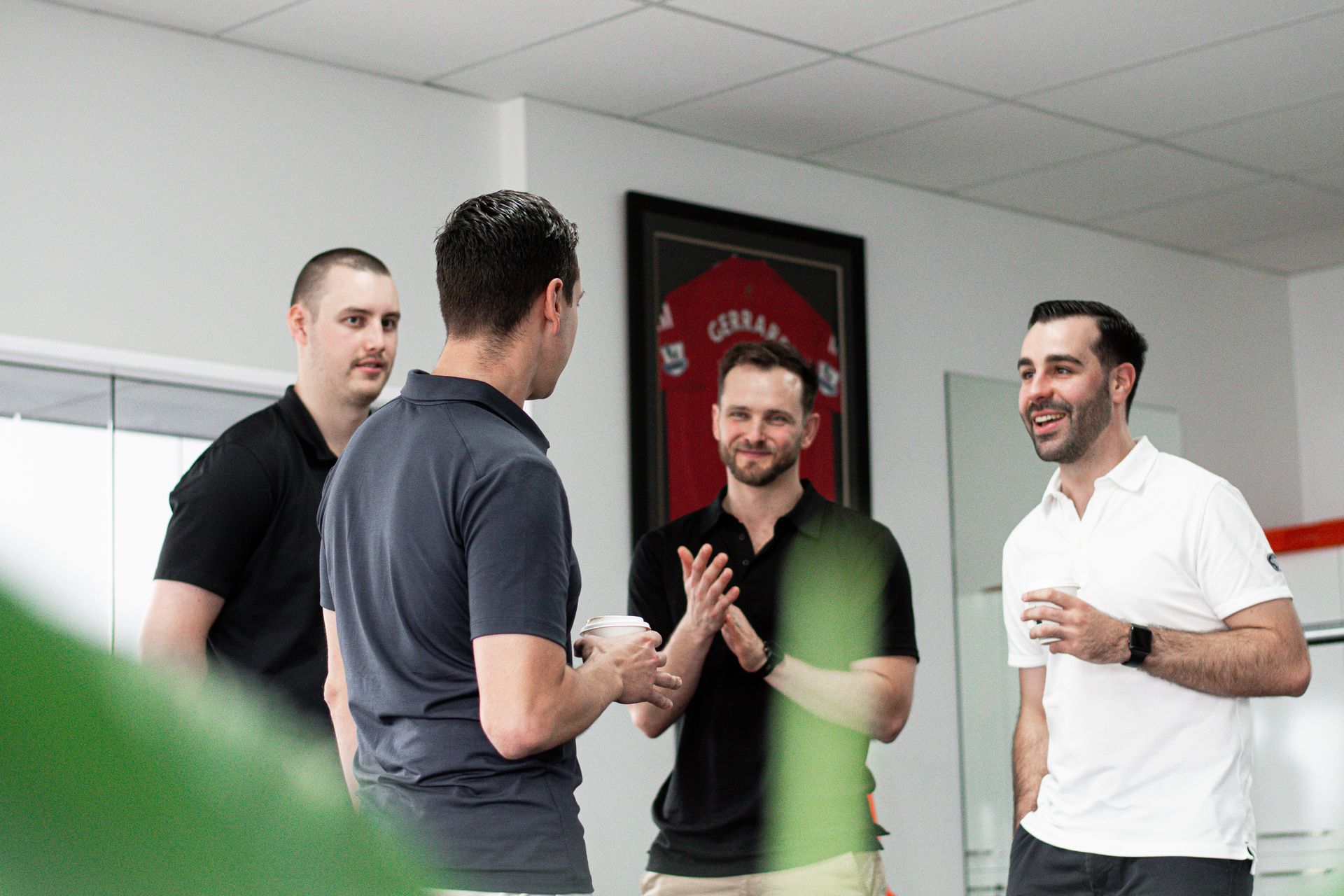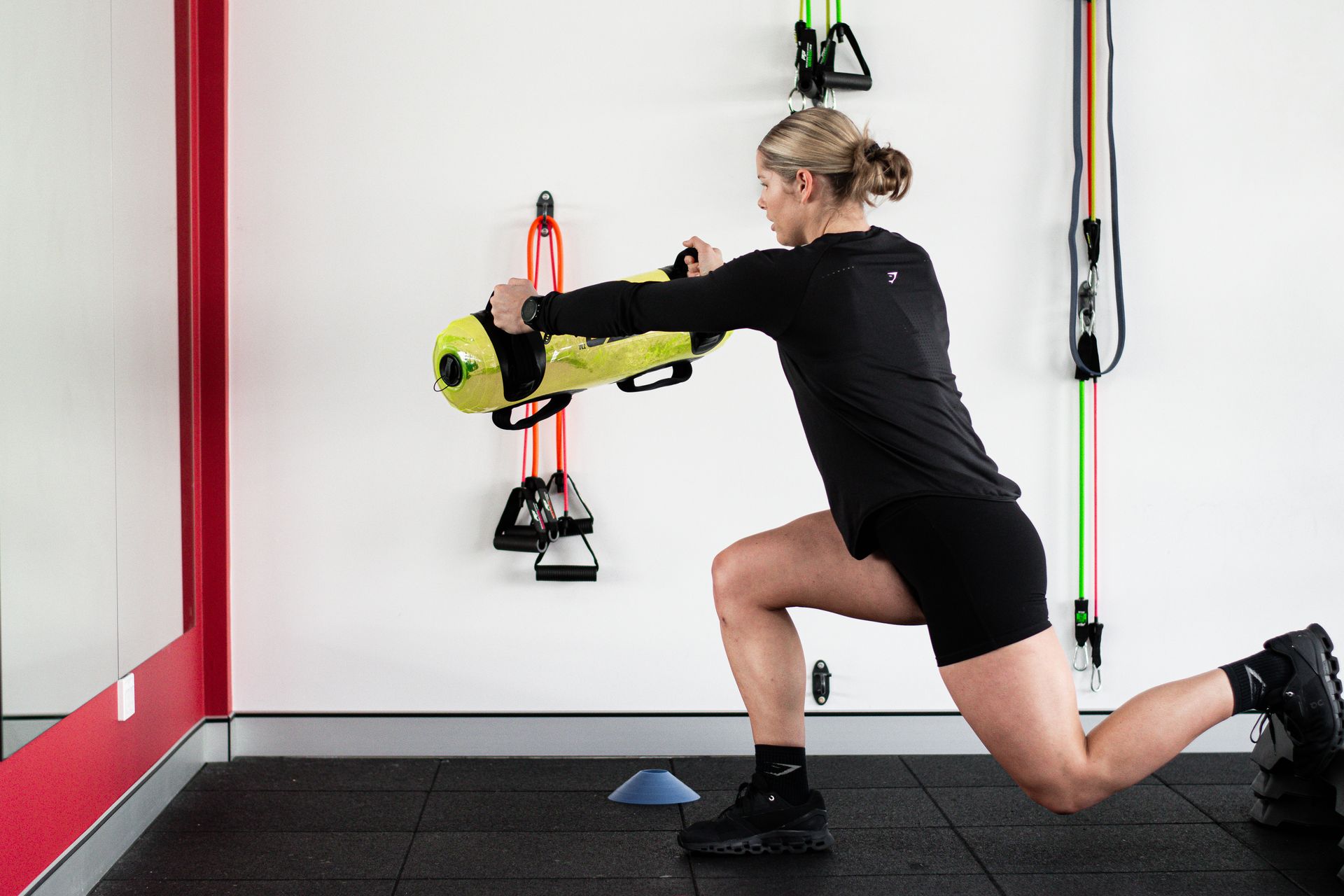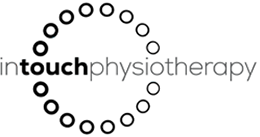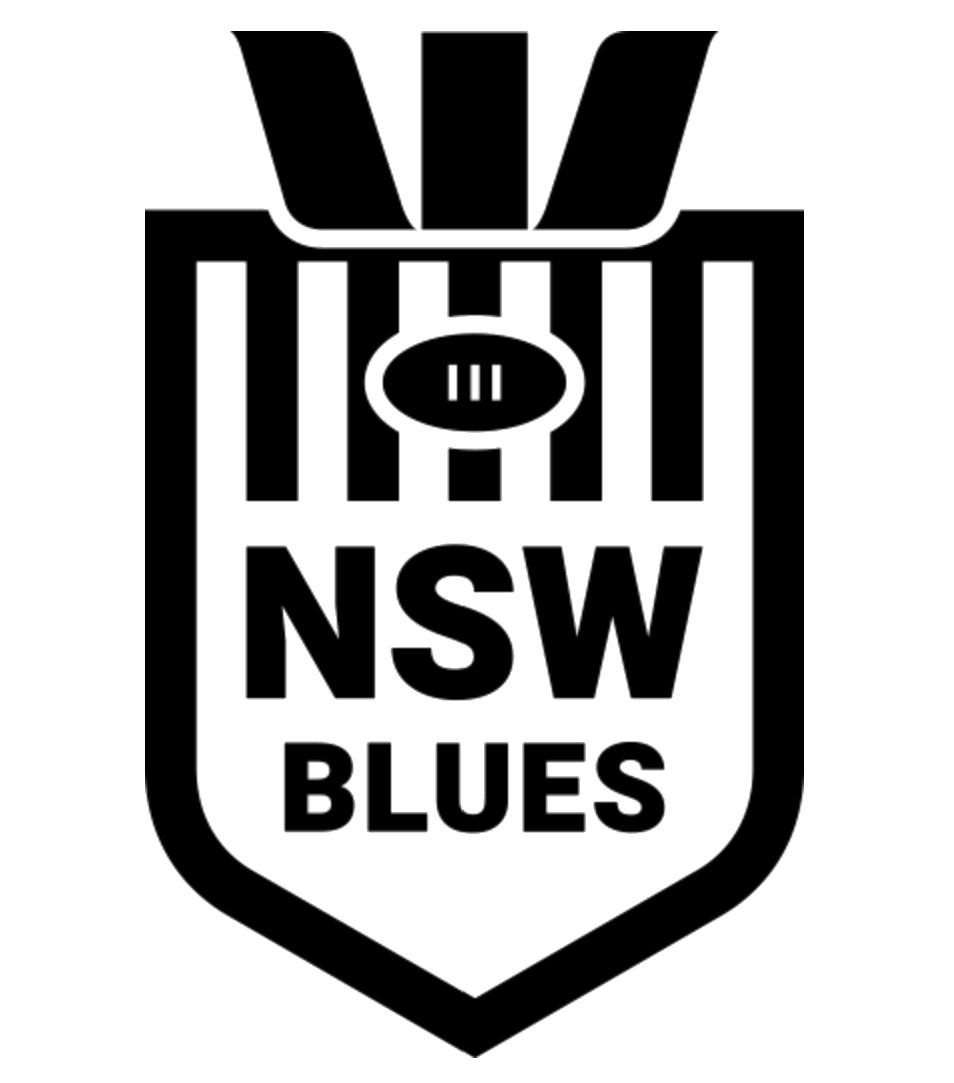Get in Touch
with Us
Have a question or need to book an appointment? We're here to help! Find our clinic details below, or reach out to our friendly team—we’d love to hear from you.
2 HOURS FREE ONSITE PARKING
Conveniently located in the shopping complex on the corner of McEvoy and Fountain Street Alexandria, our clinic is located above the busy Woolworths and Dan Murphy’s stores and includes two hours of free parking.
(02) 9194 1800
Shop 6 / 2-10 Fountain Street, Alexandria NSW 2015
Get in Touch with Us
Contact Us
Thank you for contacting us.
We will get back to you as soon as possible
We will get back to you as soon as possible
Oops, there was an error sending your message.
Please try again later
Please try again later
Our latest health blogs

By Eddie Farrah
•
August 3, 2023
Hamstring injuries are a common injury among athletes, particularly those involved in sports that require sudden changes of direction, explosive acceleration, and high-speed running. Rehabilitation after a hamstring injury can be a challenging process, and it is essential to understand the special considerations involved in the rehabilitation process to ensure optimal outcomes.
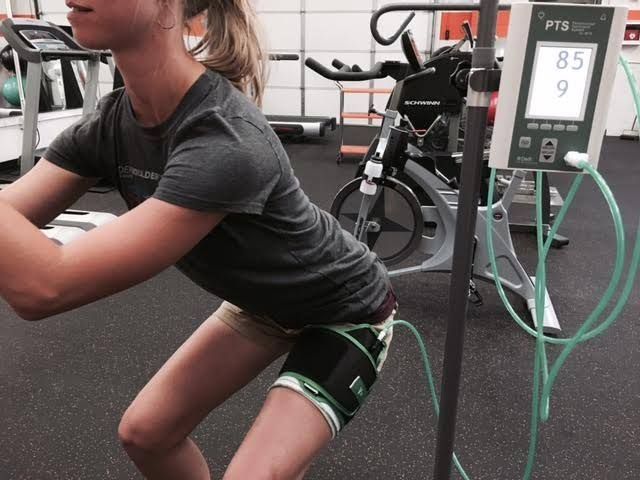
By Eddie Farrah
•
July 11, 2023
Blood flow restriction (BFR) training involves restricting the blood flow to working muscles during exercise, resulting in hypoxia in the muscle tissue. It can be applied to both resistance and aerobic exercise; however, the purpose of this blog is to have a look at the potential benefits of using BFR during resistance-based exercise in rehab.
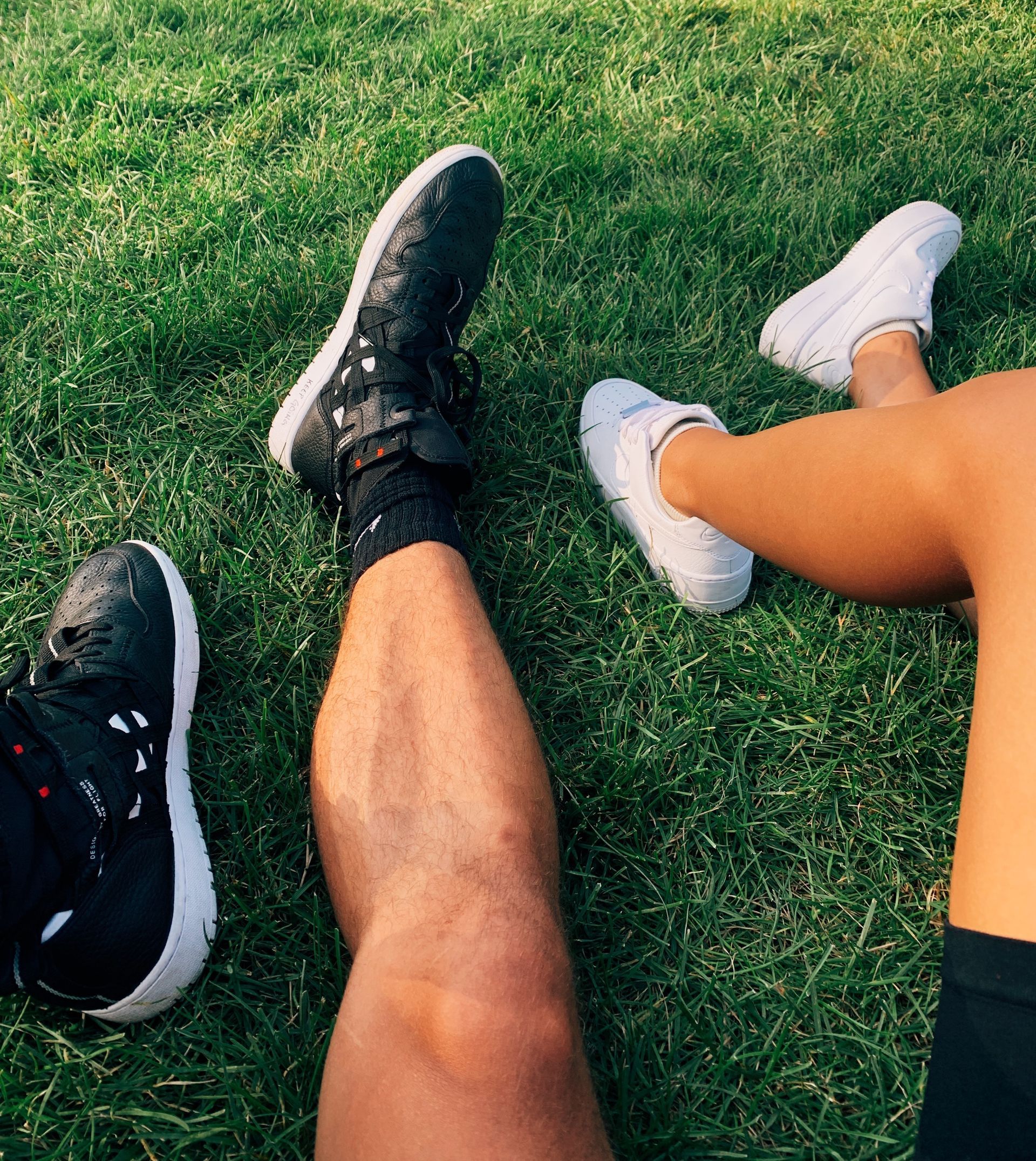
By Eddie Farrah
•
June 4, 2023
Syndesmosis injuries, also known as high ankle sprains, are a type of injury that occurs in the ankle joint. Unlike traditional ankle sprains, which affect the ligaments on the outside of the ankle, syndesmosis injuries involve the ligaments that connect the tibia and fibula bones in the lower leg. These ligaments are known as the syndesmotic ligaments, and they help to stabilise the ankle joint during movement. Symptoms of syndesmosis injuries can include pain, swelling, and tenderness on the front of the ankle. The pain is often located above the ankle joint and can be severe, especially during weight-bearing activities. In more severe cases, the individual may experience difficulty bearing weight on the affected leg and may have limited mobility in the ankle joint. Syndesmosis injuries are often caused by a twisting or rolling motion of the ankle, which can occur during sports or other physical activities. They can also be caused by a fall or other trauma to the ankle joint. Individuals who participate in sports that involve jumping, cutting, or pivoting movements are at higher risk for syndesmosis injuries. Diagnosis of syndesmosis injuries usually involves a physical examination of the ankle joint, as well as imaging tests such as X-rays or MRI scans. The following is an example of a sports rehab program for an individual recovering from a syndesmosis injury: Phase 1: Acute Phase (1-2 weeks) Rest, ice, compression, and elevation to manage pain and swelling Non-weight bearing with the use of crutches Gentle range of motion exercises such as ankle circles and ankle pumps Isometric exercises for ankle strengthening Phase 2: Sub-Acute Phase (2-4 weeks) Weight-bearing as tolerated Active range of motion exercises such as calf loading and calf raises Strengthening exercises such as calf raises, single leg balance exercises and posterior chain loading Manual therapy techniques such as soft tissue massage and joint mobilisation Sport-specific training Phase 3: Functional Phase (4-6 weeks) Plyometric exercises to improve power and agility Sport-specific drills to improve coordination and balance Proprioception and balance training Advanced strengthening exercises such as squats, lunges, and lateral movements Return to sport or activity with gradual progression and careful monitoring It is important to note that every individual's rehab program will be different and will depend on the severity of their injury, as well as their overall health and fitness level. It is recommended to work closely with a qualified physiotherapist to ensure a safe and effective rehab program that is tailored to your specific needs and goals. A systematic review published in the British Journal of Sports Medicine in 2019 found that early functional rehabilitation, which includes range of motion, strength, and proprioception exercises, can lead to better outcomes and faster return to sport for individuals with syndesmosis injuries compared to immobilization or surgery alone. Another study published in the Journal of Orthopaedic Surgery and Research in 2019 found that a structured rehabilitation program that included progressive weight-bearing, range of motion, and strength exercises resulted in significant improvements in pain, function, and ankle range of motion for individuals with syndesmosis injuries. In summary, syndesmosis injuries are a type of ankle injury that can be caused by a variety of factors. Prompt diagnosis and treatment are important for a successful recovery, and rehabilitation programs can help individuals return to their normal activities safely and effectively. By taking steps to prevent ankle injuries in general, individuals can reduce their risk of experiencing a syndesmosis injury and maintain good overall ankle health.
2 HOURS
FREE
ONSITE PARKING
Conveniently located in the shopping complex on the corner of McEvoy and Fountain Street Alexandria, our clinic is located above the busy Woolworths and Dan Murphy’s stores.

